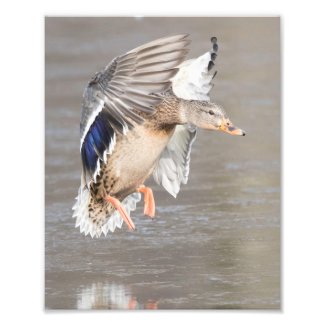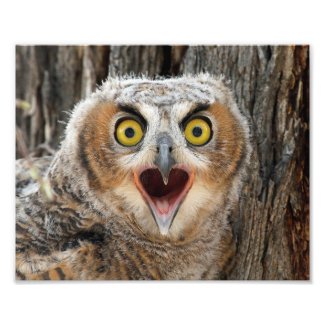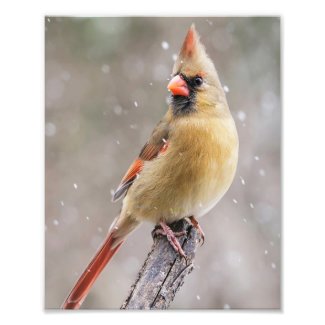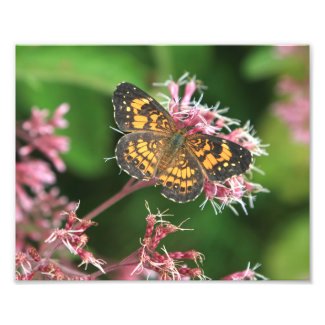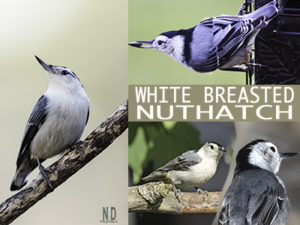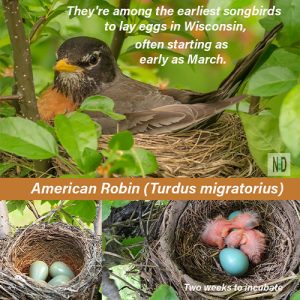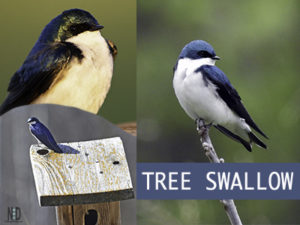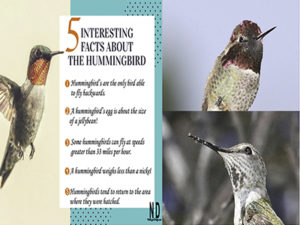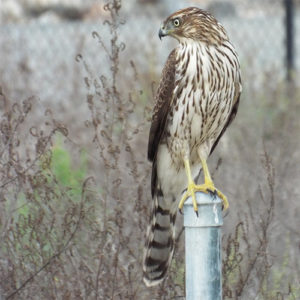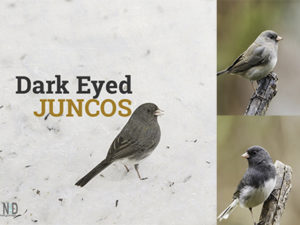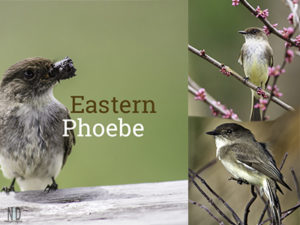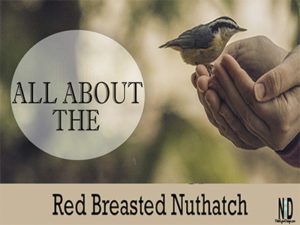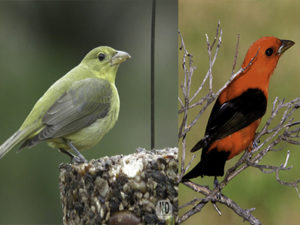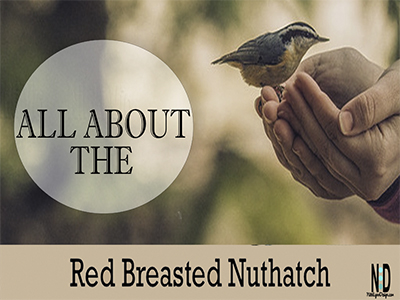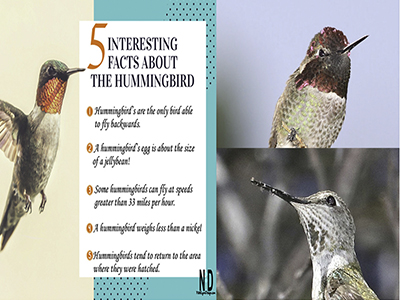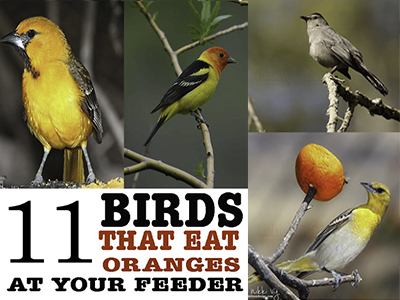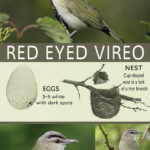Red Eyed Vireo
The red eyed vireo is a small songbird that you might see trying to catch insects in your trees. The bird isn’t a fan of the feeder.
General Information
| Name:: | Red Eyed Vireo |
| Scientific Name:: | Vireo olivaceus |
| High Classification: | Vireo |
| Size: | 4.7-5.1 inches |
| Habitat: | Woodlands, wooded backyards, and suburbs |
| Diet: | Insects, berries, seeds |
What They Look Like
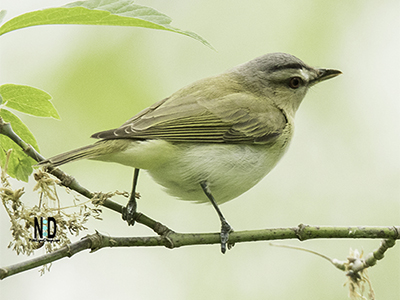
1.) Adults are mainly olive-green on the upperparts with white underparts.
2.) They have a red iris and a grey crown edged with black
3.) There is a dark blackish line through the eyes and a wide white stripe just above that line.
4.) Birds have thick blue-grey legs and a stout bill.
You Will Not Find Them At Your Feeders
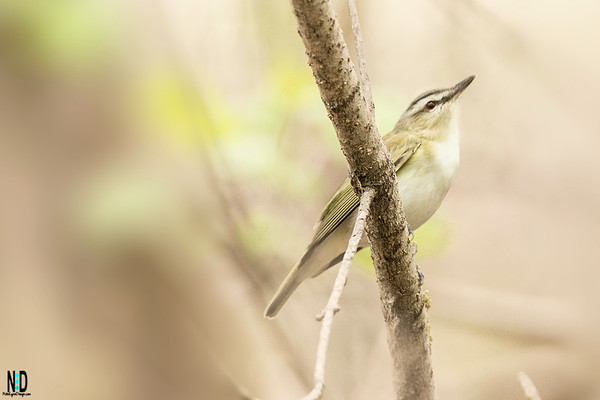
You will not find them at the feeder but might hear their beautiful song and quick motion when visiting tree to tree.
The red-eyed vireo is interested in picking insects off the undersides of your leaves and flowers.
Listen for their preacher-like song: “you see it — you know it — do you hear me? — do you believe it?”
Where You Will Find Them
1.) Heavily wooded areas
2.) Always around trees looks for insects
3.) Occasionally, sitting on a heavy stemmed flower in your garden.
Breeding
They breed in the open wooded areas across Canada and the eastern and northwestern United States. Females build cup shaped hammock looking pouches made from tree bark, grass and spider webs.
Nesting Info
| Habitat: | Wooded areas |
| Nest Shape | Cup-shaped nest in a fork of a tree branch |
| Eggs: | 3-5 eggs that are white with dark spots |
| Incubation: | 10 to 15 days |
| Fledging: | 10-12 days after hatching |

The bird builds neat cup-shaped swinging nest is placed within a few feet of the ground, often within arm’s reach, but occasionally twenty or twenty-five feet up. It is usually hung in the lateral fork of a small twig, and commonly in plain sight. It is built of various flexible materials, largely strips of bark, fibers from weed stems or various grasses, and is lined with finer plant fibers and fine leaves and grasses, often with pine needles.
Do Not Like Wisconsin Winters
The birds do not like the cold and will migrate to South America, where they spend the winter.
Additional Wisconsin Birds:
Additional Posts
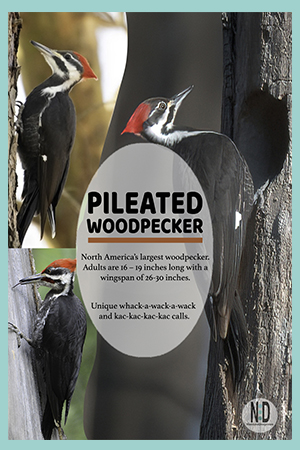
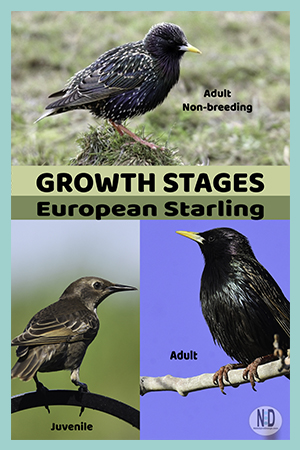

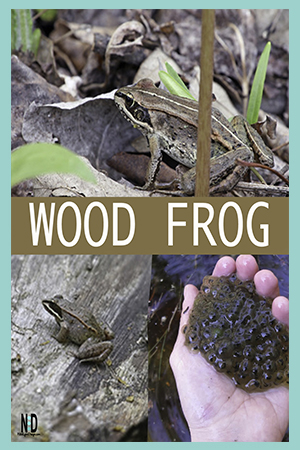
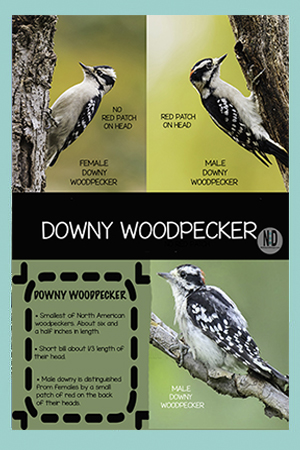
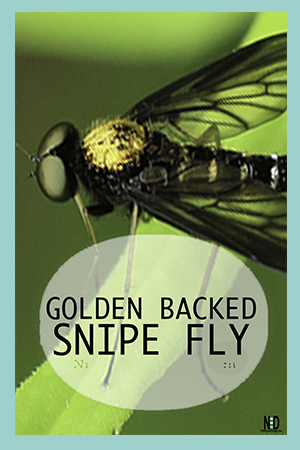
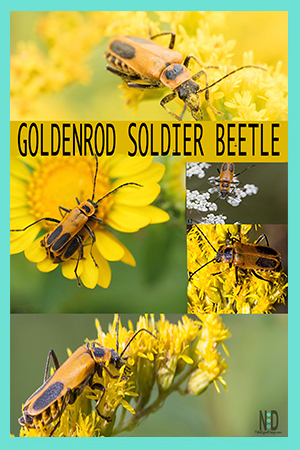
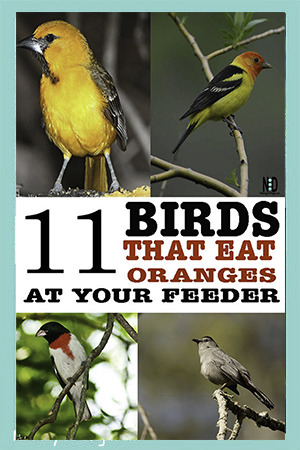
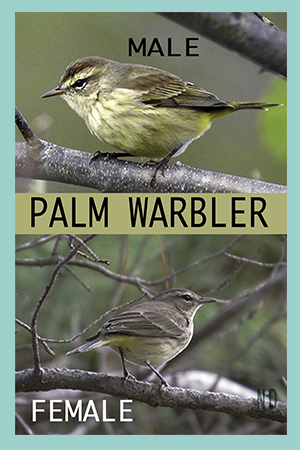
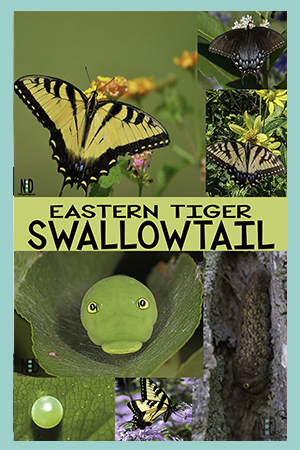
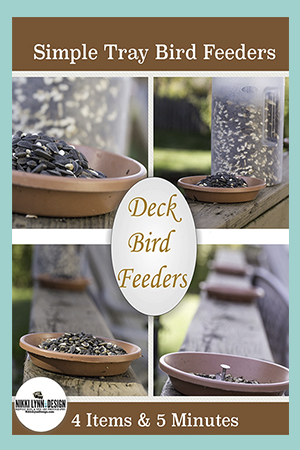
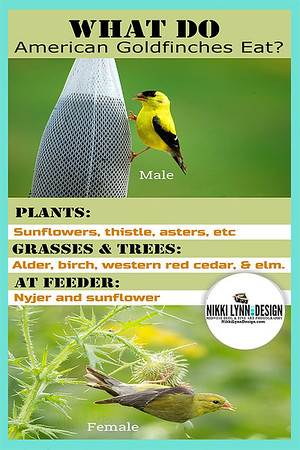
Photographic Prints For The Home:
AFFILIATE POLICY: Posts on this site may contain links to outside vendors that pay me a commission when you purchase from them, at no additional cost to you. Thank you for supporting this site!
